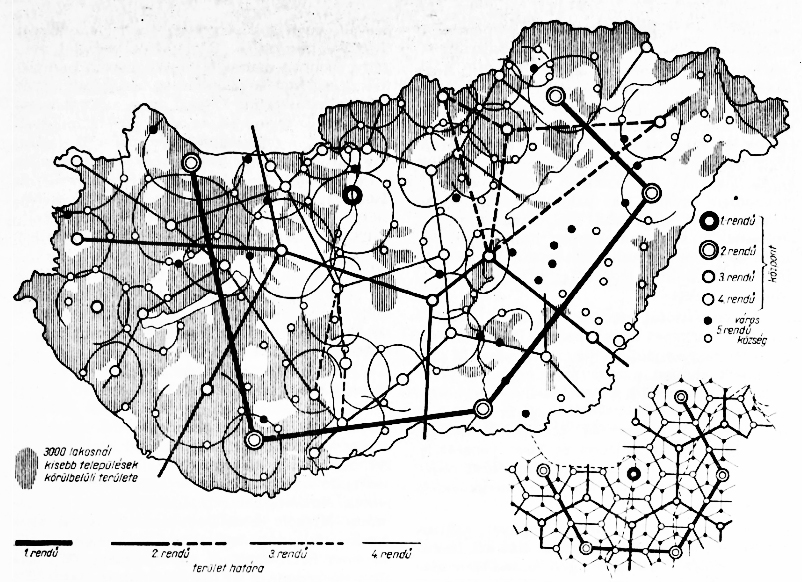
Insitut für Länderkunde Colloquium, Leipzig, 24 April 2016
This talk addresses some arguments for a transnational perspective against previously provincialized and compartmentalized accounts on the epitomized “quantitative revolution” in geography of the early Cold War era. This American “revolution” was a local narrative construct that not only concealed the historical origins of quantitative methods and mathematical theories, but also marginalized the geographical conditions, consequences and variations behind their seemingly universal but in fact rather provincialized emergence. Even today, canonized accounts either resort to methodological nationalism, or mainstream Anglo-American “black-boxed” narratives that are often reproduced in a universalized and naturalized form by the periphery in its self-imposed “transition” or “catching up” to the West.
So what, when or where was the so-called “quantitative revolution”? The emergence of this “revolution” in quantitative spatial analysis in the USA was summoned by Cold War science networks, and resulted in remarkably decontextualized adaptations of German location theories (von Thünen, Weber, Christaller, Lösch). Although important early Western allies or recipients of the Americans, such as Swedes, British, Canadians or even West Germans are sometimes recalled, almost complete silence sleeps upon “Eastern” developments or “East–West” interactions connected to the USSR or Eastern Europe. Practically nothing has been written on the lively interest of Swedish and Canadian geographers or spatial planners in Chinese and Soviet developments. Equally importantly, many of these theories were tested and refined by Westerners in the “laboratories” of modernization projects conducted in peripheral or “Third World” countries. These insights lead us to deconstruct the concealed Derridean traces or “elsewheres” of the “quantitative revolution,” the absences of its differing contexts that ironically substantiated its discursive universality.
The talk argues for a transnational genealogy of the so-called “quantitative revolution,” by tracing canonized location theories in Hungarian economic geography and spatial planning. After a normalizing era of Sovietized Hungarian economic geography, regional planning was institutionalized in 1958, and mathematical location theories were adapted under a “technocratic turn” of economic reforms during the 1960s. In this era of global economic upturn and consequent openness of Soviet science policy, the “rationalist” discourse of emerging planning experts became founded upon imported Western theories, which were translated into a socialist semi-peripheral context of “optimizing efficiency.”